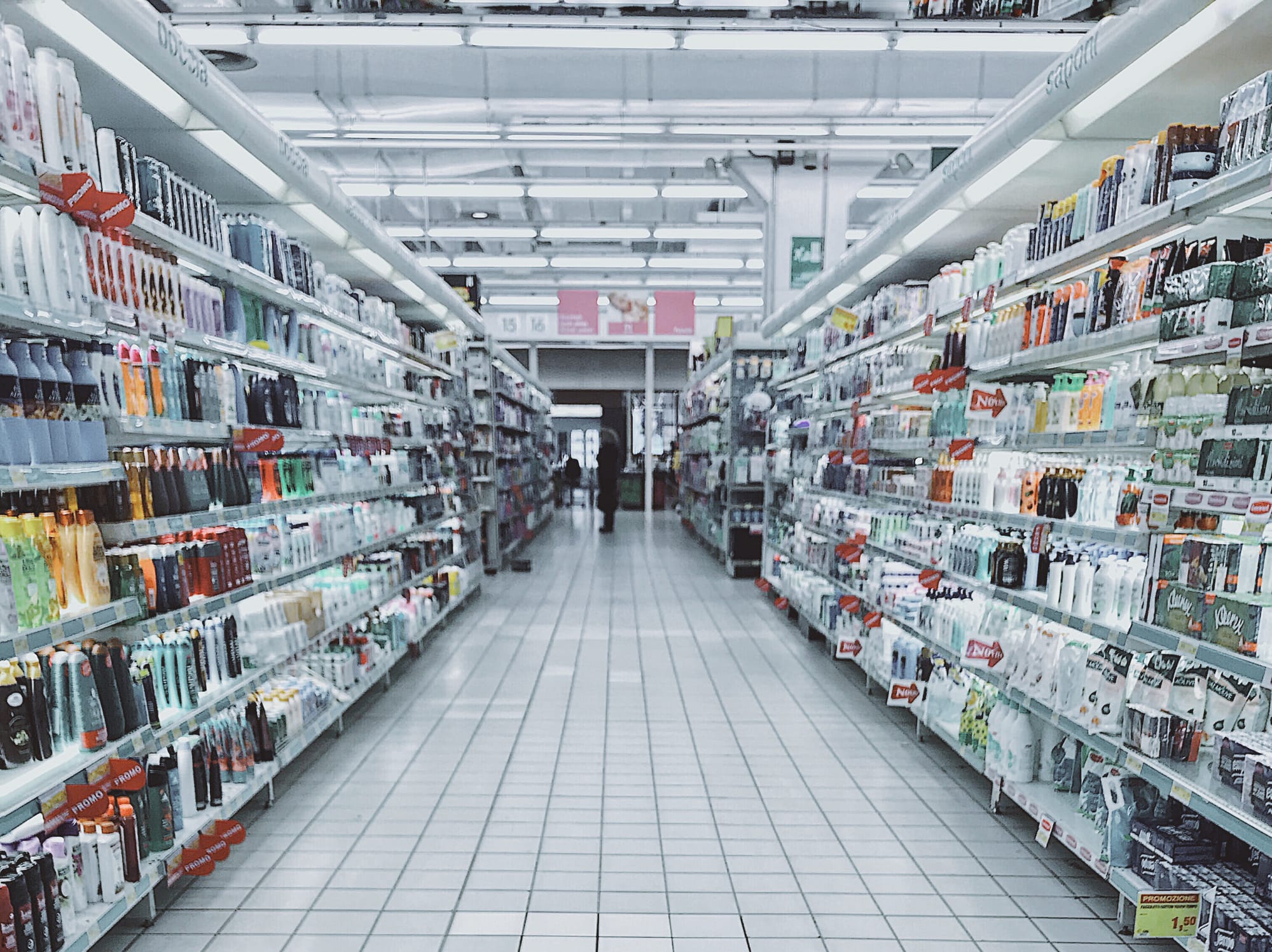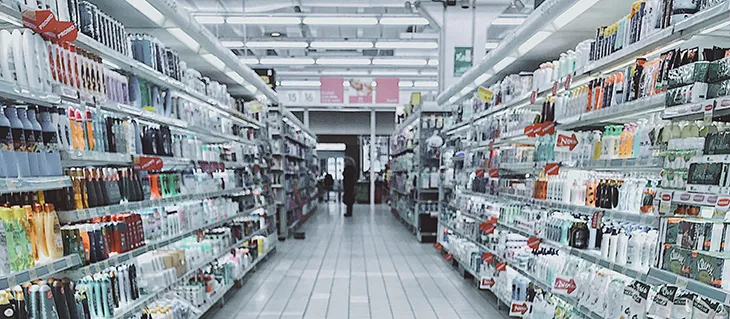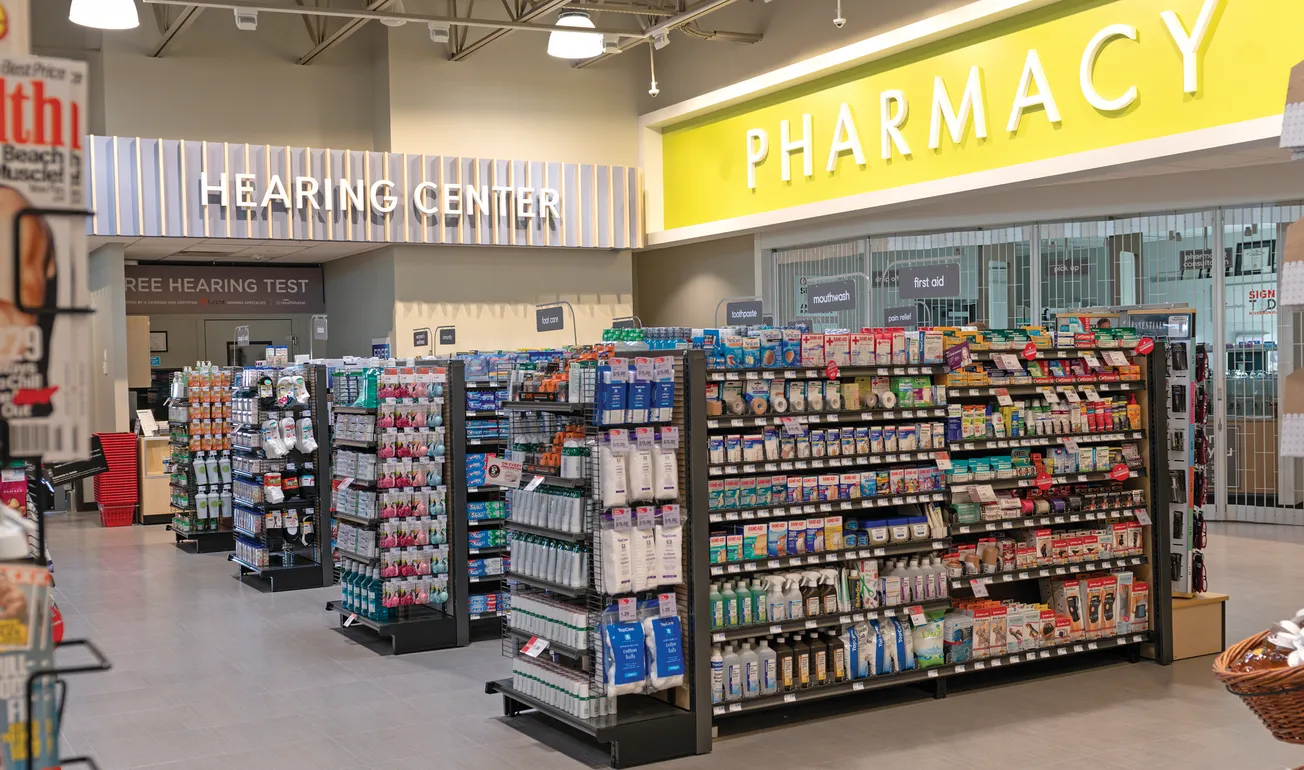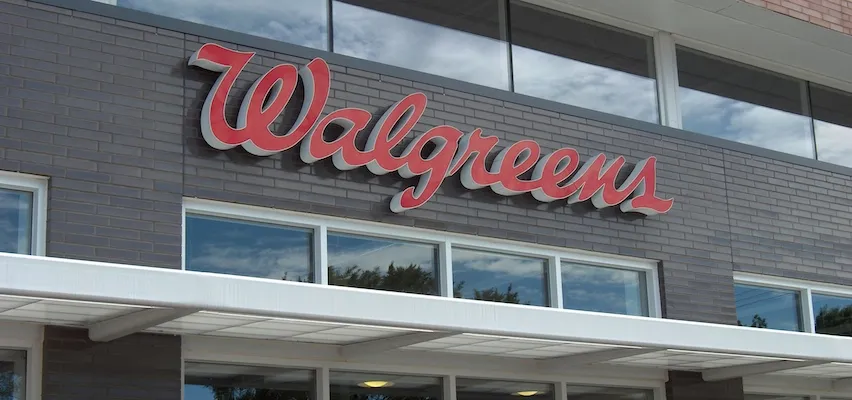
While retailing in the United States has hit a snag, one marked by a dearth of innovation and a scarcity of bold leadership, the state of the art elsewhere in the world is alive and well. While traditional retailers have for now run out of new ideas, the art itself is thriving.
Examples abound. In the United Kingdom, Sainsbury is testing a convenience store concept that eschews cash in favor of a credit card system that allows shoppers to walk the store, choose their merchandise and exit without going through the checkout process.
John Bell & Croyden, a unit of Lloyd’s Pharmacy, has succeeded with a concept that uses the traditional drug store as a base and adds several layers of medical services that encourage, and even insist, that the customer avail himself or herself of on-premises medical professionals whose purpose is to diagnose and treat a range of medical conditions that runs the gamut of basic maladies — to put it simply — from head to toe. The facilities encourage patients to schedule (at their convenience) appointments with a team of medical practitioners whose sole purpose is to treat health conditions.
Medical access aside, these units function in much the same way as traditional drug stores, as they include such services as in-store pharmacies along with a range of conventional drug store products. The professional aspect, however, has the effect of transforming the facility into a medical center, with the conventional drug store serving primarily as a convenience center where customers can do their daily shopping while availing themselves of medical services when and if the need arises.
It should be noted that the medical services are not inexpensive. Rather, they are priced to compete with existing medical services that England offers under its health insurance scheme.
These are but two examples of the changes that are sweeping drug store retailing around the globe. They are accompanied, of course, by the more conventional attempts to speed and simplify the delivery of merchandise — indeed, online retailing is exerting a huge impact on the way the art has traditionally been practiced — and reduce the pain of the brick-and-mortar shopping experience. But these are being undertaken almost as a by-product of the effort to reduce stress and reward the experience in more tangible ways.
Look, for example, at China, which Americans have been conditioned to do only with disdain. In that country, a retailing revolution is at hand, with the primary objective nothing less than to bring an acceptable shopping experience to a land where a billion-plus population had to make do with the most basic goods and services. This is not to advocate a trip to China to explore and examine how a modern nation overcomes a less-than-modern approach to retailing, but there are certainly less rewarding ways to learn about change and challenge in the retailing community.
The point here is not to advertise travel opportunities or to downplay the chance to study and learn from the best that U.S. retailing has to offer. Certainly, the best of U.S. retailing remains the envy of retailers throughout the planet. But the U.S. way, simply put, is no longer the only way — if, indeed, it ever was. Much of American retailing has grown stale over time, and we as a retailing community have become accustomed to accepting the practices of Walmart and Target, of Walgreens and CVS, as the state of the art. In Europe and Asia, in South America and Australia, retailing is marching to a different tune, one that sometimes hits notes we in America have yet to encounter. Indeed, the inward focus which has characterized much of the activities this nation has practiced of late cannot, and should not, come to dominate the thinking and activities of a retailing community that has become all too accustomed to believing that American retailing, 20 years into the twenty-first century, remains the gold standard by which all the world’s retail activities must be measured.
It really is, after all, a small, small world.








